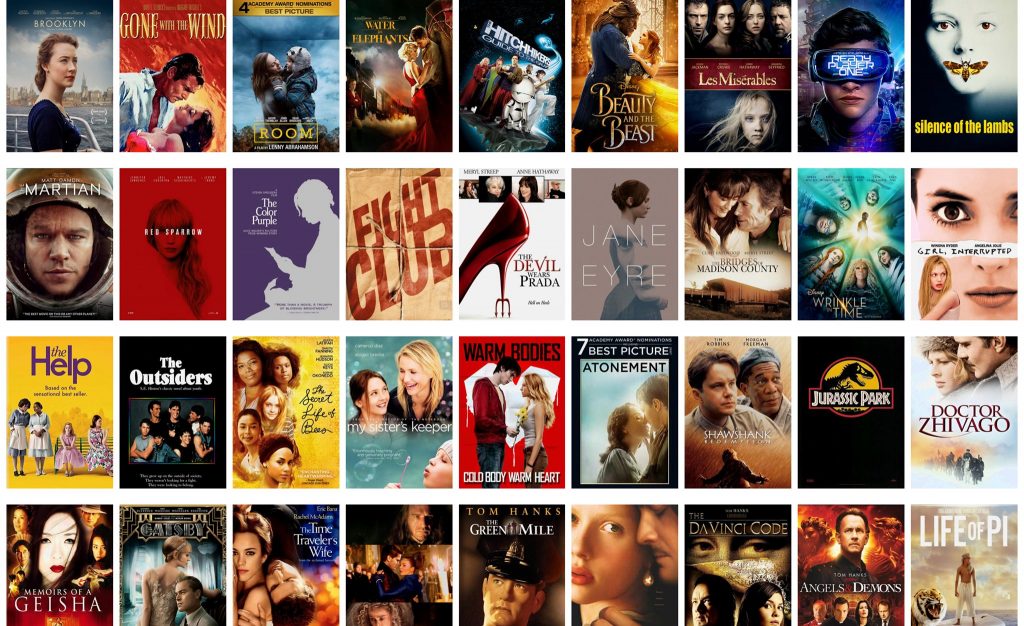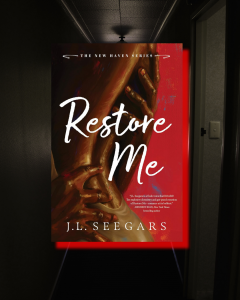From Page to Screen Week One: RESEARCH
5 min read
Turning your book into a script is an exhilarating yet demanding venture. To ensure your adaptation stands out in a competitive market, it’s essential to understand the landscape you’re entering. In Week One of our 12-Week Guide, we delve into understanding the market, focusing on three pivotal steps: researching industry trends, identifying your audience, and analyzing similar projects. By mastering these areas, you’ll lay a solid foundation for your script’s success, aligning it with what studios and audiences are currently seeking.
Understand the Market

Research Industry Trends
The first step in understanding the market is to immerse yourself in current industry trends. This involves identifying which genres are in demand and what types of stories resonate with studios and audiences.
Identify Popular Genres
One effective way to start is by examining the top-performing films and TV shows over the past year. Look at box office hits, streaming service favorites, and critically acclaimed projects. Genres such as action, adventure, horror, thriller, and superhero films often dominate the box office. Meanwhile, genres like drama, comedy, and fantasy tend to perform well on streaming platforms. By identifying these trends, you can see where your story might fit in.

Track Emerging Trends
Industry reports and trade publications like Variety, The Hollywood Reporter, and Deadline provide insights into emerging trends. For instance, recent years have seen a rise in demand for diverse storytelling, with more projects featuring underrepresented voices and unique cultural perspectives. Additionally, there’s an increasing interest in adaptations of true stories, graphic novels, and video games.
Understand Studio Preferences
Different studios and production companies have varying preferences and mandates. Researching these can help you tailor your pitch to the right places. For instance, companies like A24 are known for their unique and often avant-garde films, while Marvel Studios and Warner Bros. focus heavily on superhero franchises. Knowing these preferences can help you position your script accordingly.
Incorporate Trend Analysis
Use the information you’ve gathered to analyze how your book fits into the current market. If your book is a mystery thriller, consider how recent successful films in that genre have been structured and marketed. If it’s a romantic comedy, look at how these films have evolved and what elements have contributed to their success.

Identify Your Audience
Understanding who your audience is can make or break your adaptation. Knowing your primary audience involves considering factors such as age, gender, interests, and viewing habits.
Define Demographics
Start by defining the basic demographics of your audience. If your book appeals primarily to young adults, your script should reflect themes and issues that resonate with that age group. If it’s a children’s book, the adaptation should be suitable for younger viewers, possibly incorporating more visual storytelling and simpler dialogue.
Consider Psychographics
Beyond demographics, psychographics delve into the interests, values, and lifestyles of your audience. Are they adventure seekers, romantic dreamers, or lovers of mystery and suspense? Understanding these aspects can help you craft characters and plots that resonate more deeply with your viewers.

Viewing Habits
Different audiences consume media in different ways. Younger audiences might prefer streaming services over traditional cable TV, while older viewers might still enjoy the theater experience. Knowing where your audience is most likely to watch your adaptation can influence the way you write your script and how you market it.
Use Audience Data
Utilize data from sources like Nielsen ratings, streaming service analytics, and social media trends to get a clearer picture of your audience’s habits. This data can provide insights into what your audience is currently watching and enjoying, which can inform your adaptation process.
Analyze Similar Projects
To ensure your adaptation is competitive, it’s essential to study similar projects that have successfully transitioned from page to screen. Analyzing these adaptations can provide valuable lessons on what to do – and what to avoid.
Study Successful Adaptations
Look at adaptations similar to your book in genre and style. For instance, if you’ve written a fantasy novel, examining the adaptations of “Harry Potter,” “The Lord of the Rings,” and “Game of Thrones” can provide insights. Consider how these stories were adapted – what elements were kept, what was changed, and how those decisions affected the final product.
Learn from the Best
Focus on adaptations that have not only been commercially successful but also critically acclaimed. Understanding what made these projects work – be it the faithfulness to the source material, the casting choices, or the way the story was expanded – can guide you in making strategic decisions for your adaptation.

Analyze the Transition
Pay attention to how these adaptations transitioned from book to screen. Were major plot points altered? How were the characters developed further? What visual elements were added to enhance the storytelling? This analysis can reveal how to handle the complexities of your own adaptation.
Avoid Common Pitfalls
It’s equally important to learn from adaptations that didn’t fare well. Identifying common pitfalls, such as straying too far from the source material or failing to capture the essence of the original story, can help you avoid making similar mistakes.
Crafting Your Script
Maintain the Core Story
While adapting your book, it’s crucial to maintain the core elements that made your story compelling in the first place. This includes the main plot points, character arcs, and themes. However, be prepared to make adjustments for the medium of film or TV.
Enhance Visual Storytelling
Film and TV are visual mediums, so think about how to translate your narrative into compelling visual scenes. This might involve adding new scenes or reimagining existing ones to take advantage of visual storytelling techniques.
Dialogue and Pacing
Dialogue in a book can be more detailed and introspective, while scripts often require more concise and impactful dialogue. Pacing is also critical; scenes need to flow smoothly to maintain the audience’s engagement.
Collaborate with Professionals
Consider collaborating with a professional screenwriter or script consultant. Their expertise can help you navigate the intricacies of scriptwriting and ensure your adaptation meets industry standards.








